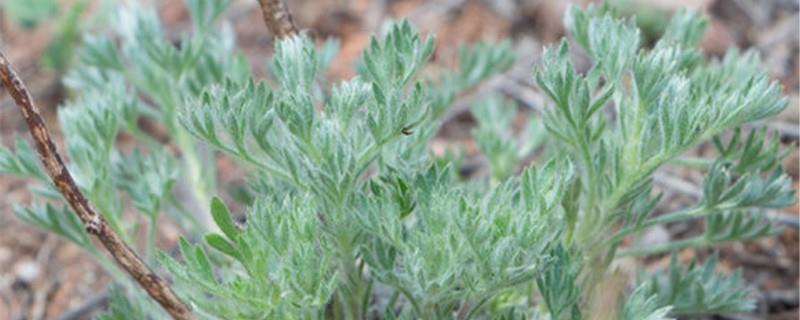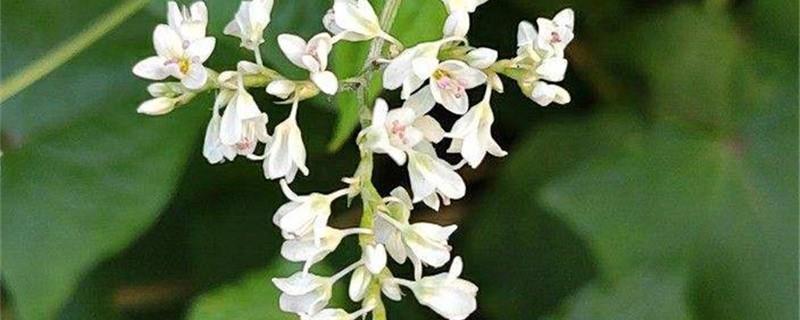Artemisia annua cultivation methods and precautions
Last Update :2024.04.28
Article Catalog
Temperature: Because Artemisia annua does not grow well in low-temperature environments, the maintenance temperature must be controlled. It is best to keep it between 15 and 30 degrees; Watering: The plants grow very quickly after division. Fast, it needs timely irrigation, usually once a week; Fertilization: Fertilization needs to be applied once a month during the growth period. After fertilization is completed, it needs to be watered once to avoid fertilizer damage; Light: It needs to be given more than five hours of light every day.

1. Maintenance methods
1. Maintenance methods
1. Temperature: It is relatively drought-tolerant, but when the maintenance temperature is higher than 15 degrees, the growth status of the plants is obviously better than that of plants grown in low-temperature environments. If the temperature is below ten degrees, the growth of the plants will be affected. If the temperature is below zero, the plants will be frostbitten. In severe cases, they will freeze to death.
2. Watering: Places with an annual rainfall of less than 1500 ml need to be watered. The frequency of watering is once a week, and the water should be filled every time until the water flows out. If the plant grows in a dry place for a long time, it is prone to stunted growth.
3. Fertilization: It is relatively resistant to barrenness and does not consume so much nutrients, but it still needs to be supplemented with nutrients during the growth period, which can promote growth and increase yield. During the seedling stage, you need to use compound fertilizer once to promote the growth of the plant in all aspects. During the growth stage, you need to apply thin fertilizer once a month to supplement nutrients and enhance resistance.
4. Light: Its growth is inseparable from light, and its demand for light is relatively large. The lighting time is at least five hours a day.
2. Breeding skills
1. Reproduction: Seed propagation can be used to propagate it. The sowing time is between February and March every year. Dig a trench in the soil to be planted, mix the seeds and fine sand in a ratio of 1:2, then sprinkle it into the trench, cover it with a thin layer of soil, and water it. With enough water at a time, the seedlings will emerge in about one week to ten days.
2. Cultivating: After successful planting, cultivating is required. During cultivating, the soil should be loosened to avoid soil hardening. Soil hardening will affect plant respiration and hinder growth.
3. Problem diagnosis
1. Pest pests: Pest pests mainly include cutworms, aphids and other pests, which will harm the leaves of plants. Dichlorvos and dimethoate can be used for spray treatment.
2. Disease: The most important disease of plants is root rot, which will cause the roots of the plants to rot, causing the plants to dry up and die. It needs to be well managed with water at ordinary times to avoid water accumulation in the soil. When the disease occurs, chlorothalonil can be used to irrigate the roots.
IV. Other issues
1. Edible: It cannot be used, but it can be used as medicine.
2. Other functions: In addition to being used as medicine, it can also be processed into feed for grass-eating livestock.
2. Breeding skills
4. Other issues
- END -
How to grow tartary buckwheat

Soil: Soil with a complete structure, fertile soil, good permeability and strong w...
Why can Dancing Grass dance and how to raise it better?

The dancing grass can dance mainly due to three factors. First, in terms of temper...